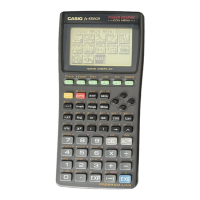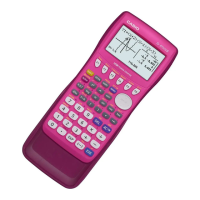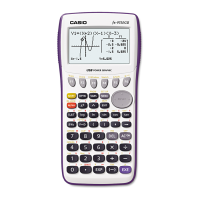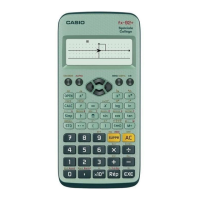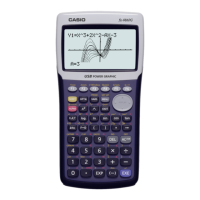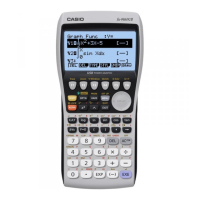What to do if my Casio Calculator has no display?
- TTyrone WilliamsAug 6, 2025
If your Casio Calculator shows no display at all, it could be due to a weak battery, so try replacing it. Alternatively, there might be dirt or poor contact on the battery; in this case, clean the contacts or adjust the pressure. A faulty power switch may also be the cause, so clean or replace it. Other potential causes include a poor connection on the PC joiner (resolder or replace it) or a defective LSI, capacitor, or resistor, which would require replacement.
